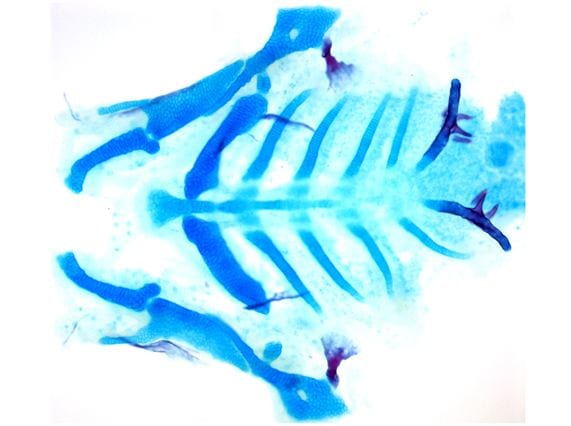How the huge diversity of vertebrate cell types are specified during development, and then maintained in the right proportions as organisms grow and recover from insults, are questions of fundamental importance for human health. We have chosen the zebrafish head skeleton as a reductionist system to understand vertebrate cell fate specification. The head skeleton arises from neural crest cells, a vertebrate-specific cell population that can generate an enormous variety of cell types. The real-time differentiation of these cells is easily visualized in living zebrafish, and the remarkable regenerative capacities of zebrafish are allowing us to understand the origin and function of the adult cells mediating large-scale repair. We are creating a catalogue of the cell types and regulatory elements involved in forming the diverse neural crest-derived tissues of the head skeleton. By combining traditional genetic and imaging strengths of zebrafish with genome editing, we aim to uncover the regulatory logic of cell fate choices and identify novel genes controlling such fate decisions.





